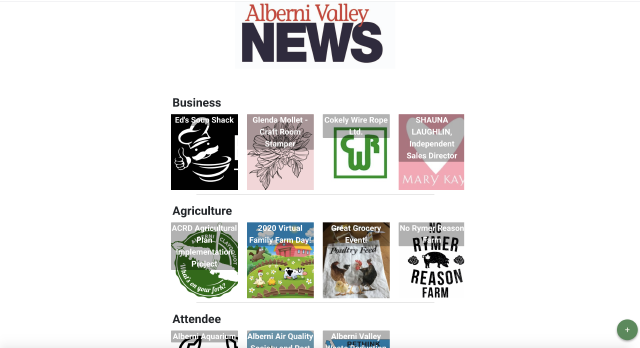About
Hi! My name is Christopher Norton. I was born and raised in Calgary, Alberta, and lived there until I started the Software Engineering program at the University of Victoria.
I have been programming since 2011, when I was just 14 years old and enjoyed making simple games using Unity. I am a passionate developer, who is always striving to learn and use new technologies to their greatest capabilities. My areas of interest are primarily: Full-Stack Web Development and Machine Learning.
I currently am a Full-Stack software developer at TinyEye Technologies, where we develop an online therapy platform, which is primarily geared towards Speech Therapy.






